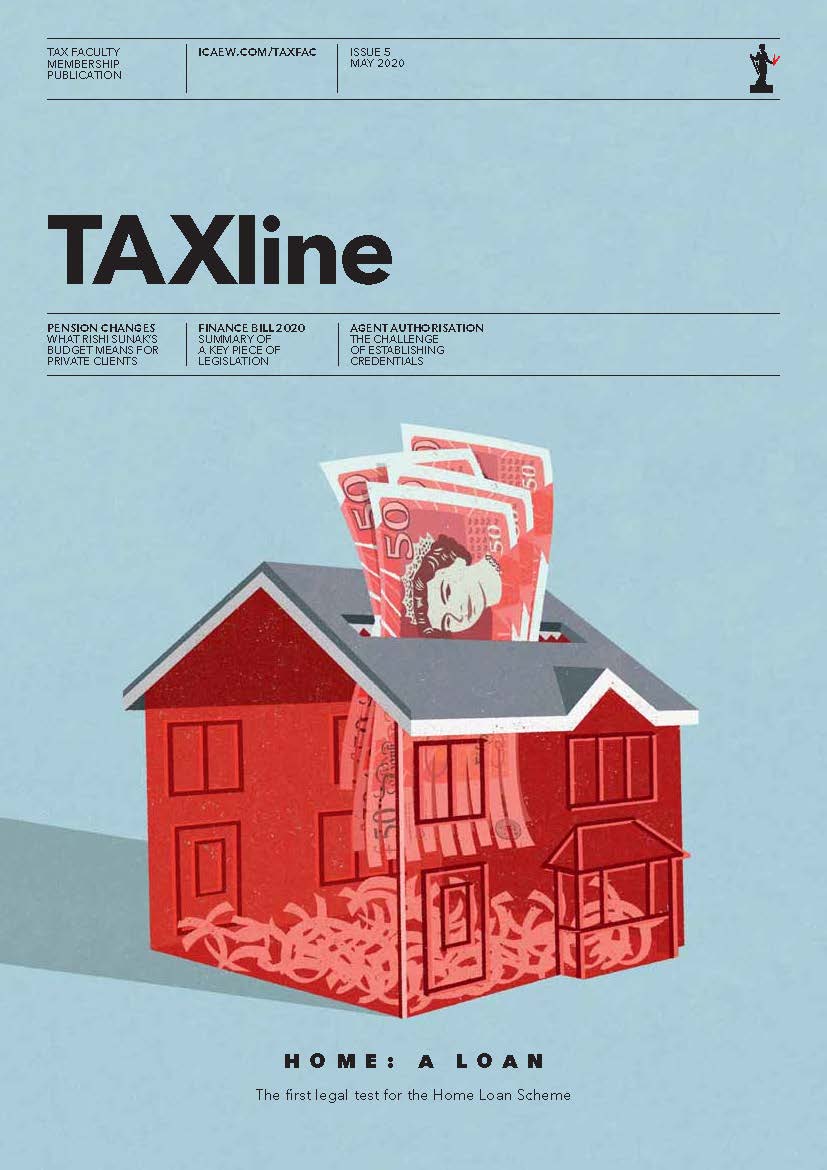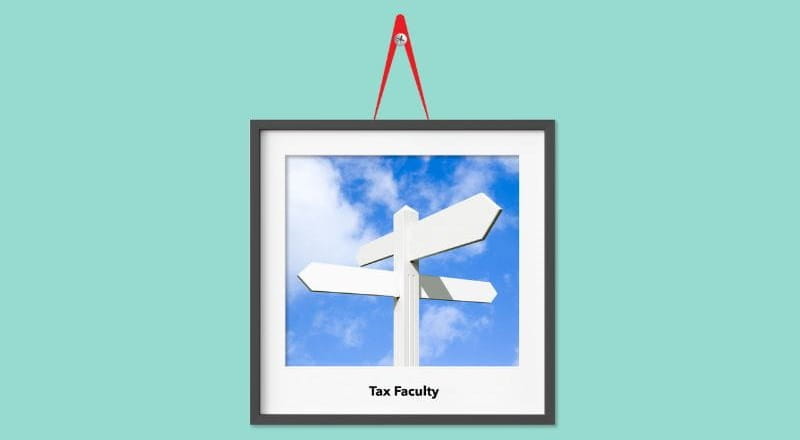In the executive summary of an HMRC research and analysis paper entitled Evaluating additional tax revenue from Making Tax Digital for VAT, published on 10 March 2022, HMRC claims that the results indicate that there is likely to be additional tax revenue from the introduction of Making Tax Digital (MTD) for VAT.
For the population below the VAT registration turnover threshold of £85,000 per annum, the estimated additional tax revenue due to MTD is an average of £19 per business per quarter. This additional tax revenue represents a 2.2% increase from the average liability estimated, had the businesses not signed-up to MTD.
For the population above the VAT registration threshold, the estimated additional tax revenue due to MTD is an average of £57 per business per quarter. This represents a 0.9% increase from the average amount estimated, had the businesses not signed-up to MTD.
When these results are applied to all businesses that had joined MTD in the 2019 to 2020 tax year, it provides an estimated total additional tax revenue from MTD of around £185m or £195m, depending on the method chosen. This compares with a previously published estimate of £115m.
HMRC argues that this research provides strong evidence that MTD is achieving its objective of reducing the tax gap, by reducing the amount of errors made when filing tax returns. However, it accepts that the high variation in the value of the tax returns introduces uncertainty in the modelling estimates.
ICAEW’s Tax Faculty is disappointed that there is no comparison of the estimated additional VAT revenue with the actual cost to businesses and HMRC of implementing MTD requirements. From what the faculty understands, the cost to most businesses of implementing MTD for VAT will be considerably higher than the additional revenue generated.
The faculty also observes that it is not clear who peer reviewed and validated the report and raises the following issues:
- There is no indication of whether the results take into account the impact of the UK’s exit from the EU.
- As the research focuses on 2019-2020, it also pre-dates the pandemic.
- Many businesses will have joined part way though that year as they were only required to join MTD from October 2019.
Furthermore, the faculty points out that on 10 March 2022, HMRC also highlighted an error in the VAT registered population statistics that meant de-registrations since April 2019 were underreported. Consequently, the published overall VAT registered population at the end of the 2020 to 2021 financial year is estimated to be 5% too high. As MTD VAT is mandated for voluntarily registered traders from April 2022, this may have triggered an increase in de-registrations.
It is unclear whether this error will change the additional VAT revenue calculated in the research and analysis paper, and ICAEW’s Tax Faculty would welcome further clarification.
The faculty also highlights that the Public Accounts Committee expressed concerns about the costs associated with the rollout of MTD ITSA to smaller businesses in its HMRC Performance in 2020-21 report. It recommended:
"The benefits of Making Tax Digital to those with simple tax affairs are not clear. The requirement for taxpayers to keep tax records and submit quarterly returns to HMRC digitally is a key part of its 10-year modernisation strategy. From April 2024, HMRC will extend Making Tax Digital to 4.2 million taxpayers with business and/ or property income over £10,000, including small landlords and sole traders, to meet their income tax obligations. HMRC considers Making Tax Digital is making tax easier, keeping tax in line with the digital age, making business more productive and will provide better data if it needs to introduce further support schemes like SEISS.
However, it is far from clear how those taxpayers with the most straightforward tax affairs, such as a retired person with rental income, will benefit from completing quarterly digital self-assessment returns. There is also no guarantee that the software they will need to submit returns digitally on will be readily available or easy to use, although HMRC is confident this will be the case. We question the value of asking the large number of taxpayers with simple tax affairs to take on additional costs and reporting.
Recommendation: HMRC should, in its Treasury Minute response, explain how the introduction of Making Tax Digital will be made easier, and less costly, for taxpayers with the simplest and most straightforward tax affairs."
Tax Faculty
This guidance is created by the Tax Faculty, recognised internationally as a leading authority and source of expertise on taxation. The Faculty is the voice of tax for ICAEW, responsible for all submissions to the tax authorities. Join the Faculty for expert guidance and support enabling you to provide the best advice on tax to your clients or business.
More support on tax
ICAEW's Tax Faculty provides technical guidance and practical support on tax practice and policy. You can sign up to the Tax Faculty's free enewsletter (TAXwire) which provides weekly updates on developments in tax.
Sign up for TAXwireJoin the Tax Faculty

